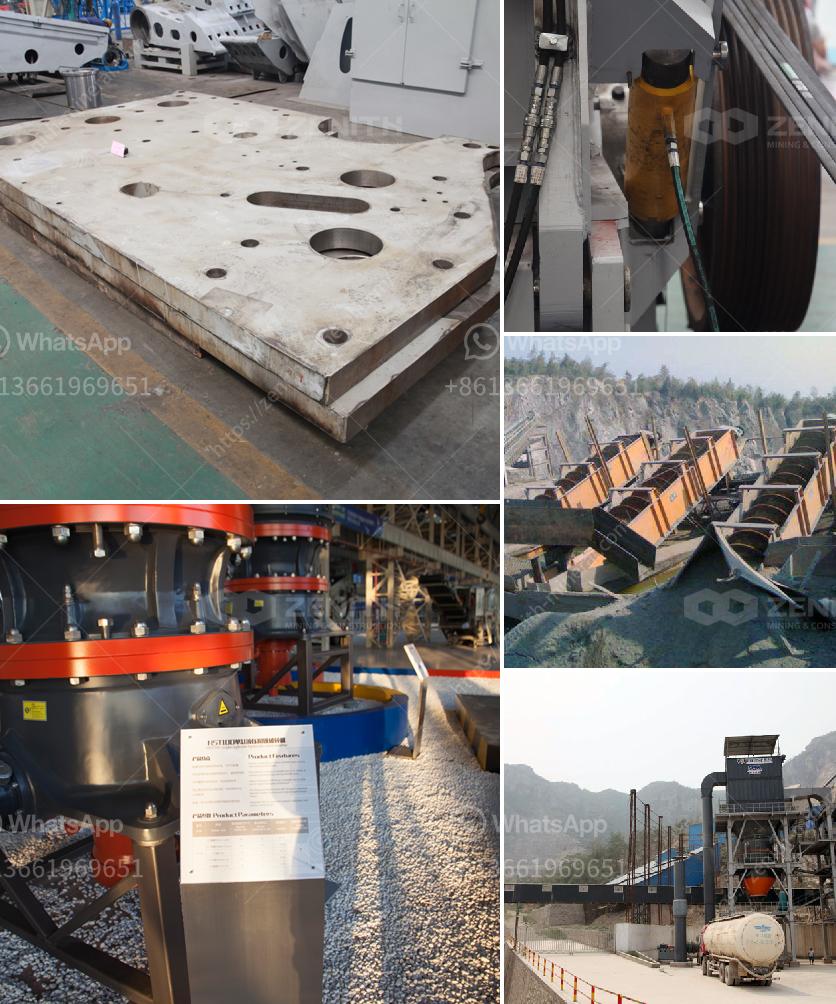Removing feldspars from sand production involves a combination of physical and chemical processes to effectively separate these minerals from the sand. Here is a general guide on how to achieve this:
1. Initial Screening and Washing:
- Screening: Utilize vibrating screens to separate sand particles from larger debris such as rocks and lumps.
- Washing: Wash the sand with water to remove impurities, including clay and silt. This step often includes the use of hydrocyclones to further refine the material.
2. Gravity Separation:
- Spirals and Shaking Tables: These devices can help concentrate the sand, separating heavier minerals from lighter ones. Feldspars are lighter than many other minerals, and this can help in reducing their content.
3. Magnetic Separation:
- Use magnetic separators to remove magnetic and paramagnetic minerals. Feldspars are generally non-magnetic and can pass through this process while magnetic minerals are removed.
4. Froth Flotation:
- Chemicals: Utilize flotation agents to preferentially attach to feldspar particles. Common flotation agents include amines and fatty acids.
- Process: The sand slurry is conditioned with these chemicals and then aerated. Bubbles form and feldspars attach to the bubbles, rising to the top and forming a froth that can be skimmed off.
5. Acid Leaching:
- Acid Treatment: Use hydrofluoric acid (HF) or sulfuric acid to selectively dissolve feldspar particles. This step must be handled with extreme caution due to the hazardous nature of the chemicals.
- Neutralization and Washing: After acid treatment, neutralize the acid solution and wash the sand thoroughly to remove any remaining acid and dissolved feldspar particles.
6. Quality Control:
- Monitoring: Regularly monitor the sand quality using X-ray fluorescence (XRF) or other analytical methods to ensure feldspar content is within acceptable limits.
- Adjustments: Make necessary adjustments to the process parameters based on the monitoring results to maintain optimal feldspar removal efficiency.
7. Waste Management:
- Disposal: Ensure proper disposal of waste products, including used chemicals and separated feldspar, adhering to environmental regulations.
By following these steps, you can effectively reduce the feldspar content in sand production, enhancing the quality of the final product.

